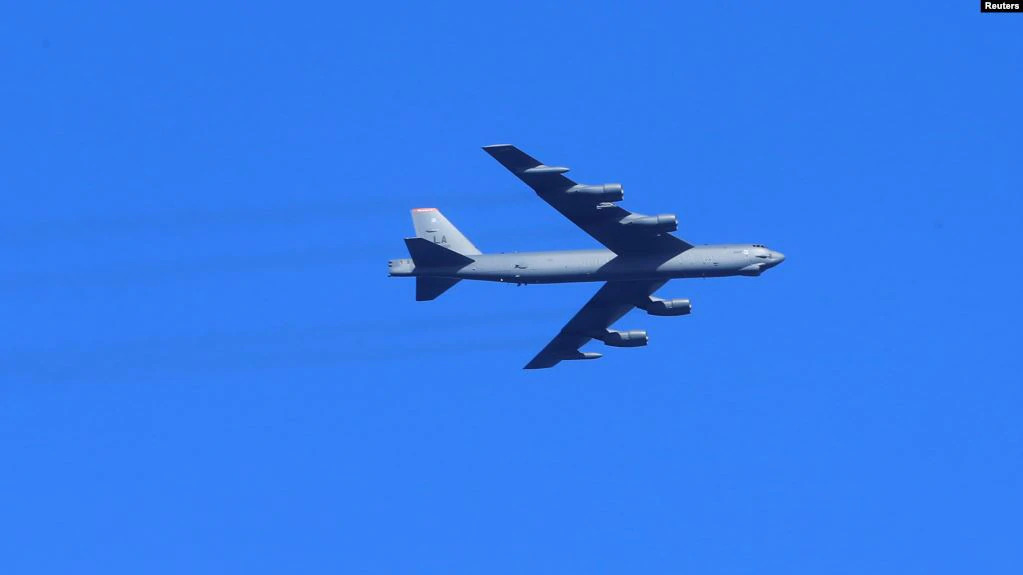The U.S. bombers carried out a round-trip, 30-hour mission from Minot Air Force Base, in North Dakota, to the Middle East that ended on December 30.
“The United States continues to deploy combat-ready capabilities into the U.S. Central Command area of responsibility to deter any potential adversary, and make clear that we are ready and able to respond to any aggression directed at Americans or our interests,” General Kenneth McKenzie, chief of U.S. Central Command, said in a statement on December 30.
He added: “We do not seek conflict, but no one should underestimate our ability to defend our forces or to act decisively in response to any attack.”
The U.S. Air Force has carried out two similar missions in the past 45 days.
The mission reflects increasing concern in Washington that Iran could order further military retaliation for the U.S. killing of top Iranian military commander General Qasem Soleimani in neighboring Iraq in January.
Days after the air strike that killed Soleimani, Iran launched a ballistic-missile attack on a military base housing international troops in Iraq that caused brain-concussion injuries to some 100 U.S. troops.
Adding to U.S. concerns was a rocket attack last week on the U.S. Embassy compound in Baghdad by Iranian-backed Shi’ite militias.
Nobody was killed in the attack, but U.S. President Donald Trump said Tehran was on notice.
“Some friendly health advice to Iran: If one American is killed, I will hold Iran responsible. Think it over, Trump tweeted on December 23.
The United States has reduced the number of staff at the U.S. Embassy in Baghdad.






